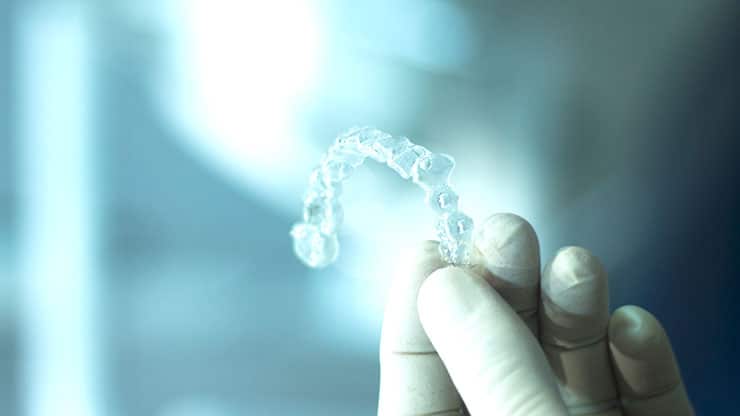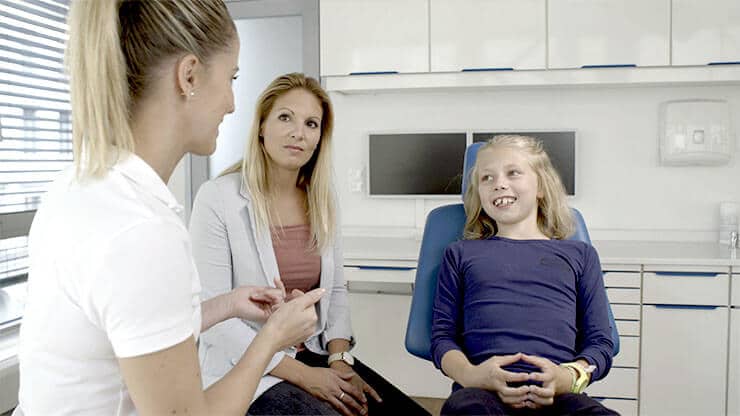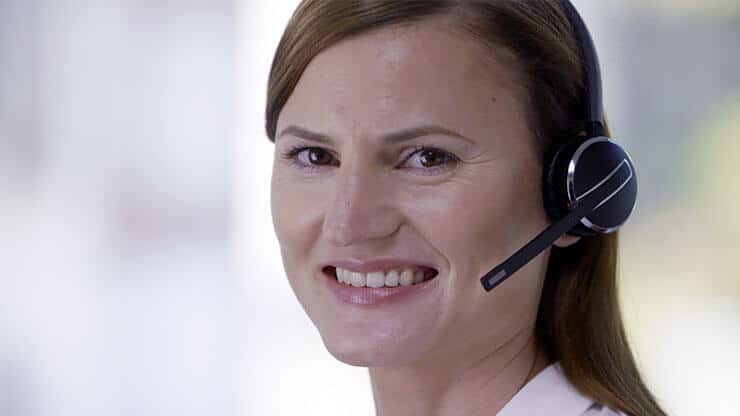Crowded teeth
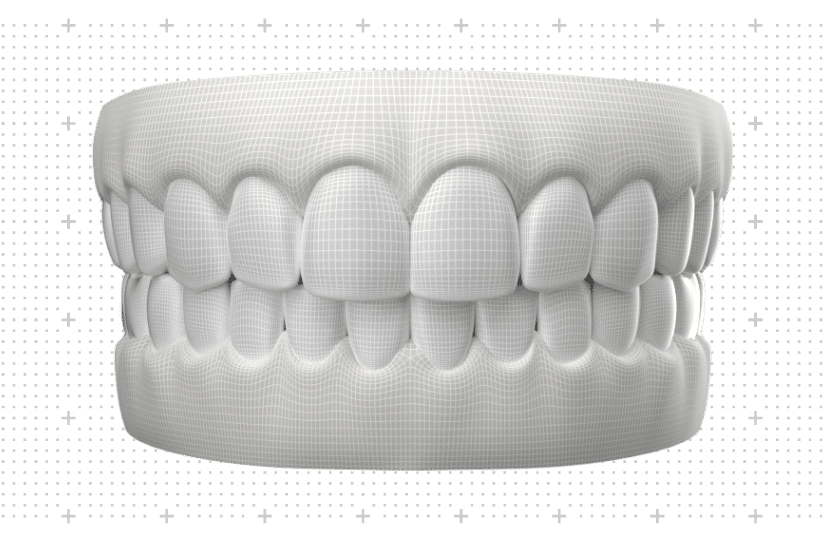
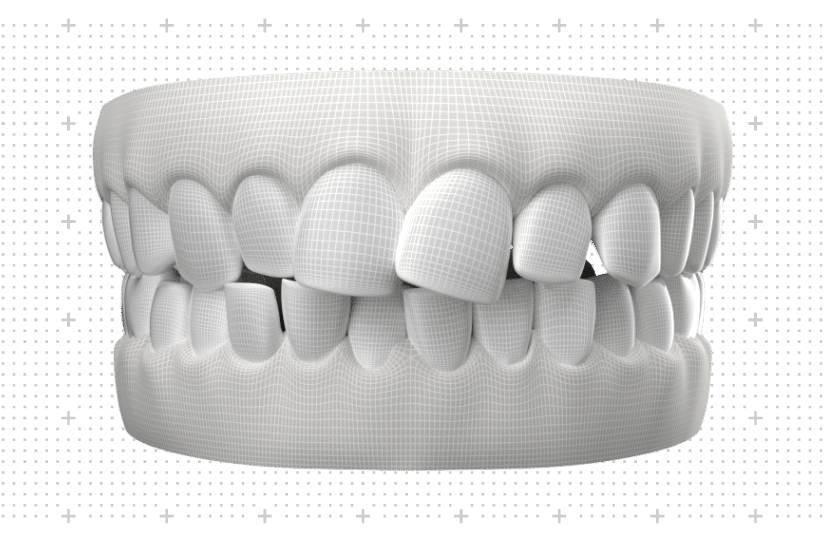
What do we mean by the malocclusion ‘Crowded teeth’?
‘Crowded teeth’ is when the jaw does not offer enough space for all the teeth to sit next to each other in a row. As a result, individual teeth can protrude, overlap and lean forwards or backwards, be twisted or even be forced out of the bone.
What problems can arise due to ‘Crowded teeth’?
Overcrowding often means that dental hygiene becomes a challenge because teeth cleaning is difficult due to the narrow spaces and the gaps between teeth are hard to access with dental floss. That makes it easy for plaque, tartar and harmful bacteria to spread unimpeded. Overcrowding therefore often leads to serious forms of tooth decay and gum diseases. Furthermore, the malocclusion can become more pronounced over time.
Is it possible to treat the malocclusion ‘Crowded teeth’ with Invisalign?
Yes, ‘Crowded teeth’ can be treated with Invisalign. Depending on the complexity of the malocclusion, combined treatment methods may also be worth considering, which we are able to offer as proven specialists in tooth correction.
Gap teeth

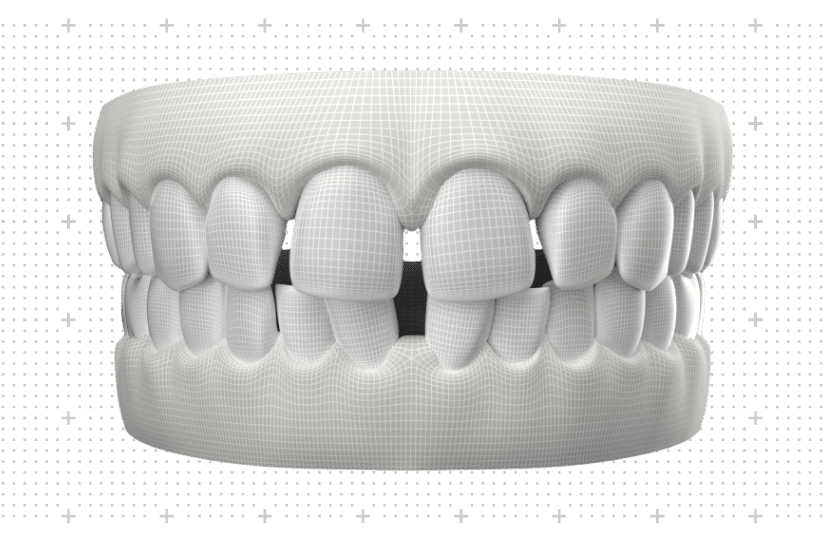
What do we mean by the malocclusion ‘s Gap teeth’?
‘Gap teeth’ is when gaps or spaces develop between the teeth. This can come about as a result of a discrepancy in size between the jaw and teeth. Missing teeth may also lead to the adjacent teeth leaning into the gap.
What problems can arise due to ‘Gap teeth’?
Spacing may result in there being gaps between the teeth and gum where food remnants often collect. This leads to the gum being attacked, which often results in painful gum diseases.
Is it possible to treat the malocclusion ‘Gap teeth’ with Invisalign?
Yes, the malocclusion ‘Gap teeth’ can be successfully treated with the Invisalign transparent aligners. Depending on the complexity of the malocclusion, combined treatment methods may also be worth considering, which we are able to offer as proven specialists in tooth correction.
Deep bite


What do we mean by the malocclusion ‘Deep bite’?
A ‘Deep bite’ is when the upper teeth severely overlap the lower teeth. Most people have at least a slight ‘Deep bite’.
What problems can arise due to ‘Deep bite’?
A ‘Deep bite’ is often identified by a person’s regular dentist who makes a referral to the orthodontist. At this point, a diagnosis is made that may require treatment. The lower incisors often meet no resistance from above, meaning that they continue to get longer and bite into the gum tissue of the upper palate. This brings a risk of injury to the front part of the palate, jaw pain and increased wear of the teeth.
Is it possible to treat the malocclusion ‘Deep bite’ with Invisalign?
Yes, ‘Deep bite’ can be treated with Invisalign transparent aligners. Depending on the complexity of the malocclusion, combined treatment methods may also be worth considering, which we are able to offer as proven specialists in tooth correction.
Open bite

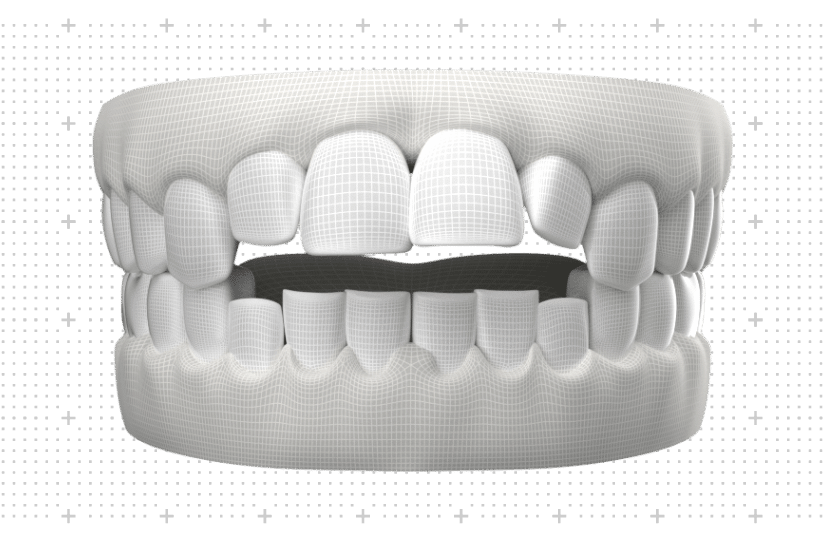
What do we mean by the malocclusion ‘open bite’?
With the malocclusion ‘open bite’, some teeth are unable to make physical contact with the teeth in the jaw opposite. Depending how severe the malocclusion is, it can be difficult to achieve a powerful bite, limiting the ability to chew properly.
What problems can arise due to ‘open bite’?
With an open bite, it can be difficult to bite into and chew the simplest foods, such as an apple, without having problems. Mouth breathing often accompanies open bite. This frequently results in there being less saliva circulating around the teeth, which leads to higher rates of tooth decay and bad oral hygiene.
Is it possible to treat the malocclusion ‘open bite’ with Invisalign?
Yes, the malocclusion ‘open bite’ can be successfully treated with Invisalign transparent aligners. Depending on the complexity of the malocclusion, combined treatment methods may also be worth considering, which we are able to offer as proven specialists in tooth correction.
Crossbite

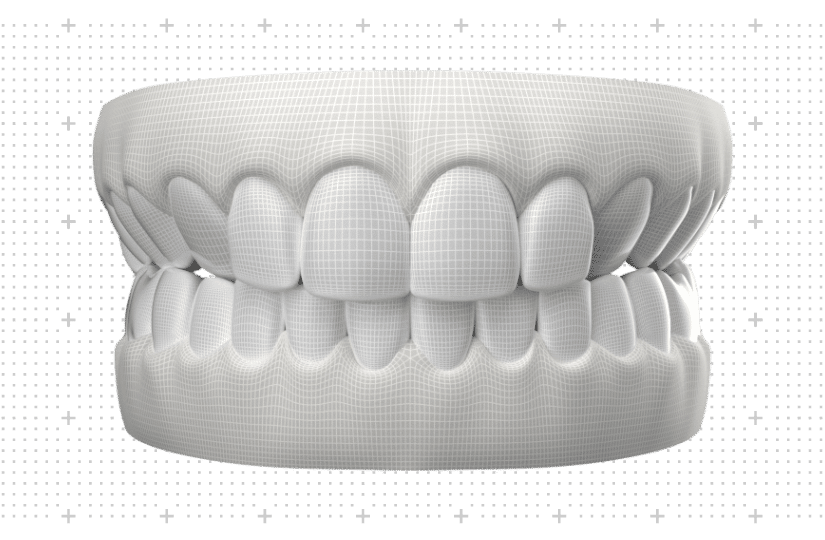
What do we mean by the malocclusion ‘crossbite’?
‘Crossbite’ refers to a common malocclusion where the upper and lower jaw are misaligned. Normally, the upper jaw bites just over the lower jaw (like a lid on a box, with the upper jaw representing the lid). Often, however, the front or side teeth in the upper jaw are positioned too far inside or too far outside in the lower jaw. This means the teeth cannot close together properly.
What problems can arise due to ‘crossbite’?
‘Crossbite’ can result in the teeth becoming more quickly worn as they do not fit together properly and experience defective function. Frequently the teeth are tilted and the gums recede more quickly.
Is it possible to treat the malocclusion ‘crossbite’ with Invisalign?
Yes, some forms of ‘crossbite’ can be successfully treated with Invisalign transparent aligners. Depending on the complexity of the malocclusion, combined treatment methods may also be worth considering, which we are able to offer as proven specialists in tooth correction.
Anterior crossbite

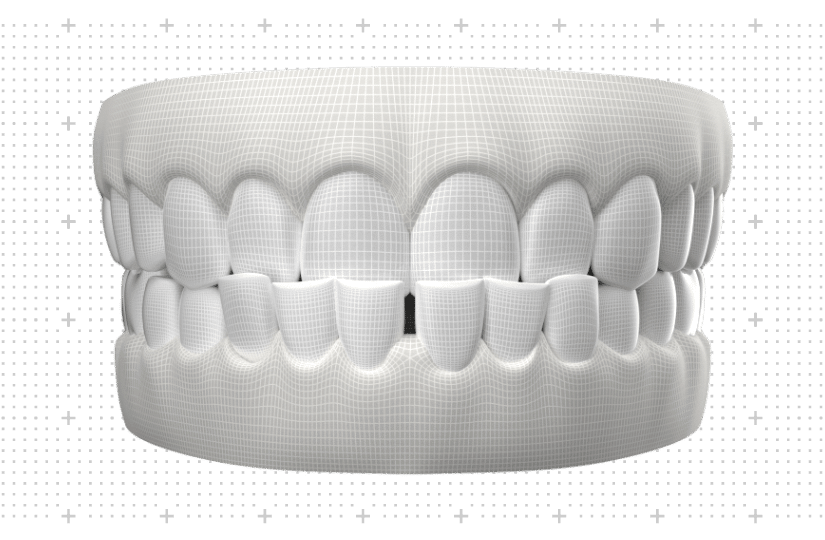
What do we mean by the malocclusion ‘anterior crossbite’?
‘Anterior crossbite’ is a malocclusion where the lower teeth project beyond the upper teeth. In many cases a prominent chin and a protruding lower jaw are also noticeable externally.
What problems can arise due to ‘anterior crossbite’?
In cases of ‘anterior crossbite’, the chewing function is impaired and it is often accompanied by unclear speech. In addition, the front teeth become more quickly worn, resulting in lower resistance against external influences and making them vulnerable.
Is it possible to treat the malocclusion ‘anterior crossbite’ with Invisalign?
Yes, mild forms of ‘anterior crossbite’ can be treated with Invisalign transparent aligners. Depending on the complexity of the malocclusion, combined treatment methods may also be worth considering, which we are able to offer as proven specialists in tooth correction.
Orthodontist vs dentist: what’s the difference?
As a specialised practice for orthodontics, we have extensive practical experience in correcting malocclusions – especially in complex cases. Our work can only be performed when overall oral health is good. We therefore work closely together with dentists, who employ preventive treatments to ensure general dental health.
«‘We work exclusively with products from Invisalign, the leading provider of invisible braces.’
Dr Barbara Scheiner-Mislik
Specialised dentist for orthodontics (CH)
Practice owner

